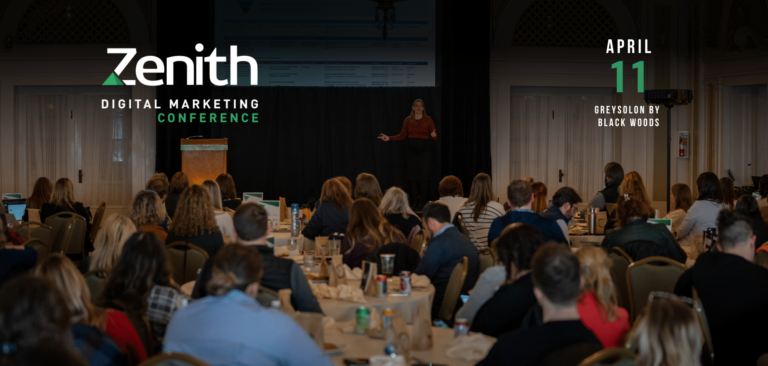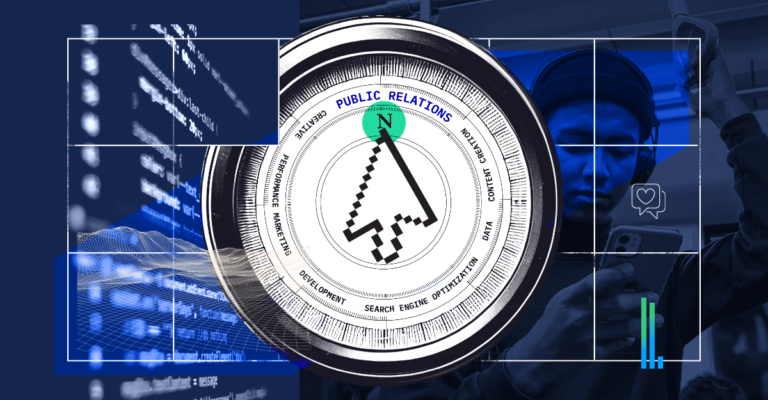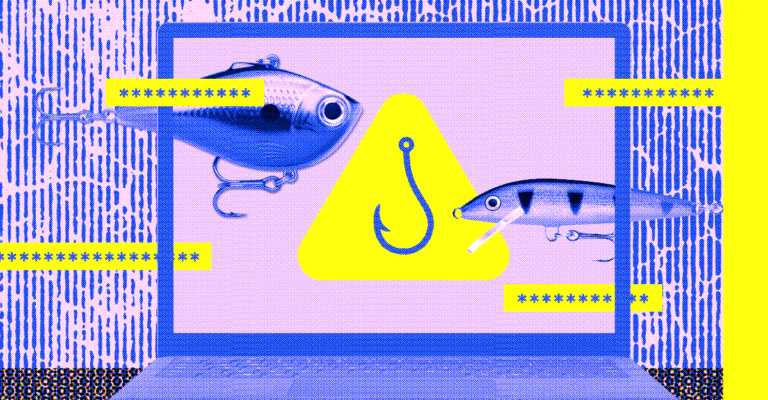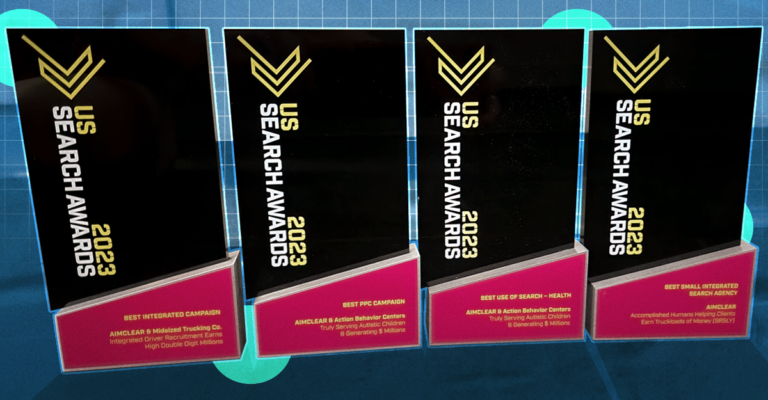
Bryan and Jeffrey are co-authors of Waiting For Your Cat To Bark?: Persuading Customers When They Ignore Marketing. This content and more can be found on their excellent blog, (and podcast!) GrokDotCom.
There’s a Marketing (r)evolution underway. Old marketing used Pavlovian methods. Passive consumers, like dogs, would salivate and buy when marketers pushed their ads. But today’s consumers are cats, not dogs – and we all know cats don’t come when called, they take a message and get back to you.
But marketers are no longer in control of the bell. Consumers don’t trust marketers, they trust other consumers. Buyers armed with the almost infinite resources of the Internet are often more informed than a salesperson. Our BS meters have grown more refined. Pissed-off customers can become bloggers powerful enough to damage brands. Remember when the iPhone price dropped? Apple had to give rebates to appease the venom of early adopters who paid hundreds more.
Customers care more about the buying experience than being sold to. What does this mean for you?
You should concentrate MORE on the buying experience of your current customers than driving new traffic to your site.
Some sobering statistics:
- 67% of consumers who visited an online store intending to make a purchase left because retailer didn’t provide enough information either on the product or on the buying process.
- conversion rates are dropping – from around 3.4 in 2002 to around 2.4% today.
- sites are usually not customer-focused. FutureNow did a Customer Experience study in 2007 which evaluated a group of retail client websites on whether they had certain variables of “customer focus,” such as enlarged product images, product reviews, and quick responses to e-mail. The average score out of 100 was a dismal 43.
WHAT CAN YOU DO TO IMPROVE CUSTOMER EXPERIENCE?
Make sure your site carries the “scent” throughout.
“Scent” is a usability term that relates to whether a user feels they are on the right track in getting the information they need. Jakob Nielsen (usability godfather says):
Information foraging’s most famous concept is information scent: users estimate a given hunt’s likely success from the spoor: assessing whether their path exhibits cues related to the desired outcome. Informavores will keep clicking as long as they sense (to mix metaphors) that they’re “getting warmer” — the scent must keep getting stronger and stronger, or people give up. Progress must seem rapid enough to be worth the predicted effort required to reach the destination.

The TV commercial featured a sexy girl whose top is in the process of collapsing. The commercial fades to black, with the tagline, “there’s more at godaddy.com.” Traffic to the site was ridiculous – 1100% spike! But when you got there, you didn’t see the girl, or the promise of her boobies. The scent was lost. There were a few faint scents: a tab that mentioned the Superbowl ad, and a link to Bob Parson’s blog. But neither of them kept the momentum going. The result of the ad, even with the lost scent was a 30% sales increase. This sounds amazing, but Future Now thought there was still money on the table. If the girl had been on the front page, would the conversion been better?
Make sure your landing page content is relevant to the search
If customers don’t feel the content on the landing page is related to the search that got them there, they will ruthlessly wield the “BACK” button!Spend only 10% of your budget on site optimization.
Small tweaks in user experience can bring big rewards.
Case study: Overstock.com had a 92% bounce rate on their DVD page, which is terrible. FutureNow found that the search box was next to a banner about Kid’s Titles. Although the search box was for more than kid’s titles, it was causing problems. A tweak to the banner resulted in a 33% reduction in abandonment, and an immediate 5% lift in sales (25 million!)
User word of mouth is worth gold
Great brands today don’t rely on advertising to grow big (think of Google, Amazon, Jet Blue) – they rely on customer word of mouth, which comes from a great user experience
Don’t concentrate on the 3% conversion rate, worry about what happened to the other 97%
A quote by Sam Walton, founder of WalMart in his book, Made in America:
“A computer can tell you down to the last dime what you’ve sold but it can never tell you how much you could have sold.”
Use (but don’t abuse) personality types when developing user experience
Personality typing has been around since Hippocrates in ancient Greece. He developed the theory of the competitive, spontaneous, methodical, and humanistic types. Today we’ve expanded this to the Myers Briggs typing (used by FutureNow). Good sites can appeal to all types. Take this example from the Overstock.com DVD page. Different types have different desires for the DVD landing page:
- spontaneous: seek top sellers and new releases
- humanistics: care about reviews
- methodicals: find by genre
- competitives: search by actor, title, etc.
If you pick one user “mode,” stick with it (and the scent) for a good user experience
Case study: Geico banner ad
The Geico brand is built on a humanistic mode. The gecko is friendly, and helpful, and gosh darn cute. Seeing the Geico banner ad for getting a car quote takes you to a landing page where the warm and fuzzy continues: enter your zip code mate! But it’s a shocker when you get to the next page. Gone are the friendly greens and photos. It’s a cold sterile input page. Where is the gecko? Where is the zipcode I entered on the previous page? Who is that chick in the order? The scent is lost, and my warm fuzzies are too.
To wrap up, remember these things about your customers today:
- customers are no longer passive
- customers only care about how they buy, not how you sell them
- customers will control the conversation
- customers desire meaningful and relevant experiences.
- your actions matter, your words less so.
For complete Search Engine Strategies conference coverage, check out SEOroundtable.









